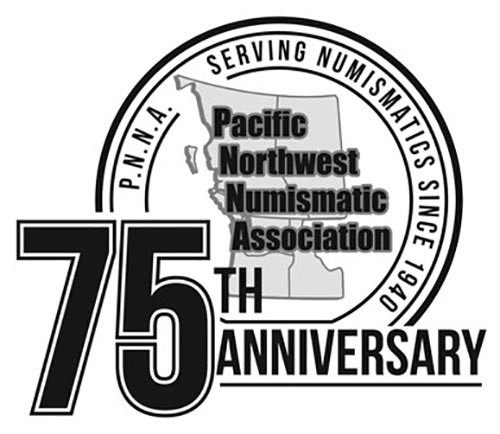

Coin grading is the process by which a certified numismatist determines the grade, or physical condition, of an existing coin. Once the grade is determined, the value of the coin can then be established. There is also an additional five criteria used when determining grade: strike, luster, attractiveness, and color. It is also during this process that it is determined whether the coin was circulated or not. If they have been stored to maintain their “minted” state, they are then deemed “uncirculated” or “mint state.”
After noting which state the coins are in, it is then the coin graders responsibility to examine the coin further to establish which of the 8-grade categories the coin belongs. The levels of grades are as follows in descending order:
Extremely Fine
Very Fine
Fine
Very Good
Good
About Good
Fair
Poor
Once all aspects have been taken into account and the grade, or condition, has been determined coins are then assigned a code such as: AG-3 “Worn rims but most lettering is readable though worn.”
There are 70 standard codes such as the AG-3 previously mentioned, along with color, strike, and mint codes to help numismatists and collectors in identifying grade and monetary value.
Coin grading is considered to be an unbiased team effort and as so, coin graders such as NGC and PCGS, have two certified professionals inspect and grade a coin in question. In efforts to remain unbiased, graders are not allowed to have any involvement in the commercial buying or selling of rare coins.
Upon completion of the overall evaluation, the coin is then typically issued a certification of authentication.
If you like this article, then you might enjoy other articles in our archives, such as Navia Aut Caput
Liberty Coin & Currency specializes in rare coins and currency. We are a family-owned business located in Portland and Vancouver. We are also gold, silver, diamond, currency and jewelry buyers. Visit us first for a free evaluation.
Like this post? Let us know on Facebook, Twitter, Instagram, or Pinterest







